
With its holistic and open attitude in the fields of architecture and interior design, as well as its sensitivity to the needs of its clients, we had a conversation with Hüray Erk, the co-founder of MSE. We discussed the comprehensive evaluations and unique solutions they have developed at every stage of their architectural and interior design projects. The interview delved into their hotel and high-quality housing projects, emphasizing the maintenance of a consistent design language throughout each endeavor, facilitated by a team of senior architects and interior designers. Additionally, the discussion touched upon the significant role of natural stone in their designs.
How and when was MSE established? Can we briefly get to know you and MSE?
HÜRAY ERK: MSE is an award-winning architecture, interior design, and design office that we established in 2016. We adopt a holistic and user-oriented design approach, collectively providing design and project design services. We strive to ensure that our designs are timeless, adhering to the principle of creating high-quality, functional, and aesthetically pleasing spaces and structures. We employ various approaches and contemporary materials for each project. While we undertake national and international projects of various scales and functions, our office’s portfolio primarily comprises hotel and high-quality housing projects. Thus, defining our area of expertise and focus.
What would you say about the spaces designed for the rapidly changing hospitality sector? Are there any architectural trends, can you tell us a little bit about them?
HE: The hospitality industry has undergone a significant transformation due to the pandemic, particularly evident in the increasing demand for villas within hotels. This shift has implications on the master plan scale, especially for large hotel complexes, as they now allocate more space for villas, influencing the spatial layout of accommodation facilities. The emphasis on hygiene has prompted a change in material design, with a prevalence of easy-to-clean materials. The use of carpets has decreased, and there is a heightened importance placed on antibacterial and self-cleaning materials. As people prioritize their health, there is a more careful consideration of spa and wellness spaces, and biophilic concepts have gained prominence. This shift in perception and design trends is a global phenomenon influenced by the pandemic. However, the adoption of materials produced with nanotechnology for enhanced hygiene is constrained by economic factors and sociological development levels. Consequently, not every country and project can incorporate such materials and products. The pace and manner of this transformation vary across regions due to these factors.
What is the connection between the investor and the architect when creating a project for the service sector?
HE: Investors frequently approach us with well-defined ideas, and we meticulously evaluate their requests through thorough questioning and analysis. This initiates the conceptual design phase for us, where we bring these ideas to life through initial drawings, mood boards, and three-dimensional model studies. The design is then presented to the investor, offering feedback on their initial concept. The architect and designer play a significant role in this process, leveraging their expertise to influence and shape the project. Being skilled at what you do and garnering preference for your abilities grants architects and designers substantial influence in the creative process. For instance, in our Radisson Collection Bodrum Hotel project, completed and opened last year, we played a pivotal role in shaping the concept. As the first resort hotel project for Radisson Collection, our guidance and suggestions were instrumental in defining the concept. This showcases the architect and designer’s power to inspire confidence and produce well-crafted designs.
What is the importance of sustainable architecture in the hospitality sector, what would you say about the awareness and demands on this issue?
HE: Sustainability is intricately linked to the vision of the country and the investor. In our country, where legal mandates regarding sustainability may be lacking, its implementation often depends on the investor’s demand and the designer’s advocacy. While we prioritize sustainability in our projects, its realization is not always feasible due to varying investor perspectives. Nonetheless, we find satisfaction in incorporating LEED certification processes into some of our ongoing hotel projects. Interestingly, the pandemic has indirectly contributed to the sustainability concept. The introduction of products with non-contact sensors in public spaces, while not a direct outcome of the pandemic, has facilitated the efficient use of resources such as water. Although sustainability initiatives may not always be legally mandated, the evolving perspectives and changing needs in the post-pandemic landscape are gradually influencing and reinforcing the importance of sustainable practices in the design and implementation of projects.
An important aspect of sustainable architecture is the preference for natural building materials. What is the importance of natural stone in your designs? What is your perspective on natural stone in architecture and interior design?
HE: In our architectural and interior architecture designs, we prefer to bring natural elements to the users. Due to the increase in the human population, we observe a proliferation of materials and imitation products in an environment where our connection to the natural world is diminishing. This amplifies the longing, enthusiasm, and desire for the natural.
The key factors influencing our preference for natural stone include its ability to provide a variety of textures, colors, and patterns, enhancing the aesthetics of our designs. Additionally, the durability of natural stone and its versatility, allowing us to use it in all areas regardless of scale, are essential considerations in our designs.
In which locations and with which priorities do you prefer natural stone in your projects?
HE: Natural stone remains one of the most versatile materials at our disposal. It is easily applicable not only on the scale of entire buildings but also on the vertical and horizontal planes surrounding them. This tradition extends throughout history; ancient cities adorned their roads, pathways, and iconic statues with materials like marble. Even within city structures, facades were crafted from natural stone. On a smaller scale, natural stone has endured as an accessory, serving purposes such as vases.
This continuity persists today, with the added advantage of technological advancements enabling the seamless processing and utilization of natural stone in various applications. In architecture and interior design, our preference leans heavily towards the use of natural materials. Selecting natural stone for facades in architectural designs is driven not only by its durability but also its environmental friendliness, owing to its long lifespan and minimal waste generation. Moreover, its aesthetics, natural qualities, and inherent value significantly contribute to the overall design. In our interior designs, we extend our preference for natural stone to every area, from flooring to walls. This commitment to utilizing natural materials underscores our dedication to creating sustainable, aesthetically pleasing designs that stand the test of time.
What can you tell us about your future projects?
HE: Currently, we are actively engaged in architectural and interior design hotel projects across Istanbul, Bodrum, and Antalya. These projects are at various stages, with some in the design and project design phase, while others are in the implementation phase, progressing on construction sites. Additionally, we have a residential project in Çeşme, set to commence construction in the fall, and another residential project in Bodrum. Looking ahead, our office aspires to sustain and enhance our current endeavors. We aim to continue doing what we love most – designing, with improved conditions and collaborative efforts. Our goal is to produce superior designs and make substantial contributions to the field of architecture. Through ongoing commitment and better collaborations, we envision a future where our work not only maintains its passion and quality but also makes a more significant impact on the architectural landscape.
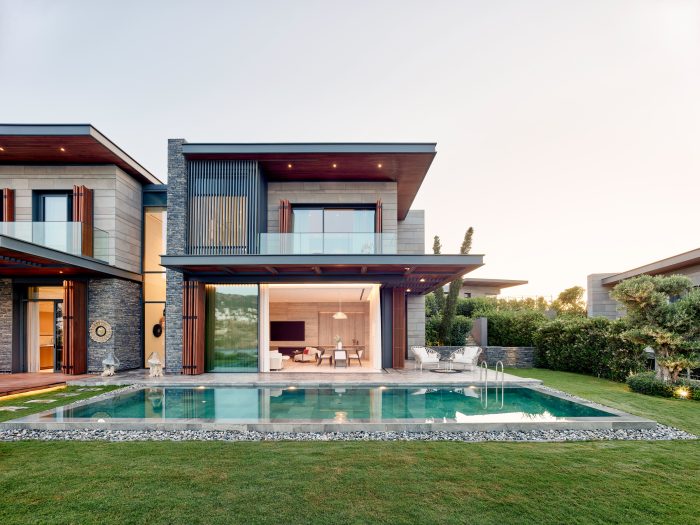
ID Bodrum
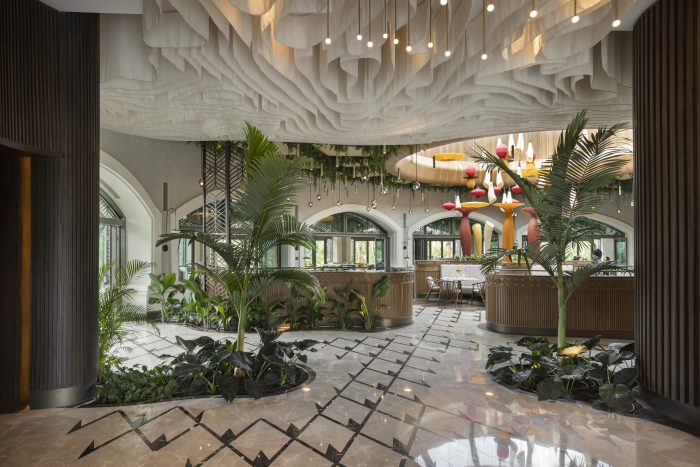
Amber Lagoon Villas
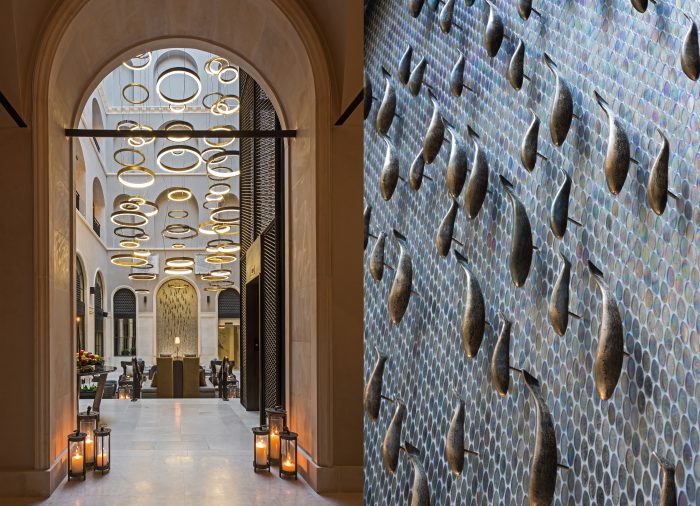
Karaköy Morgan Hotel
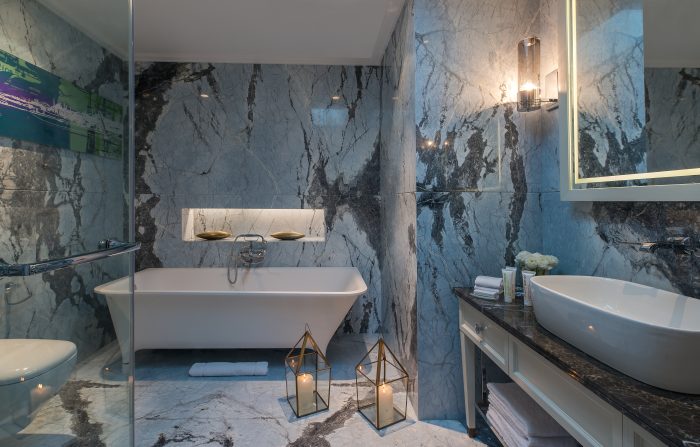
Karaköy Morgan Hotel
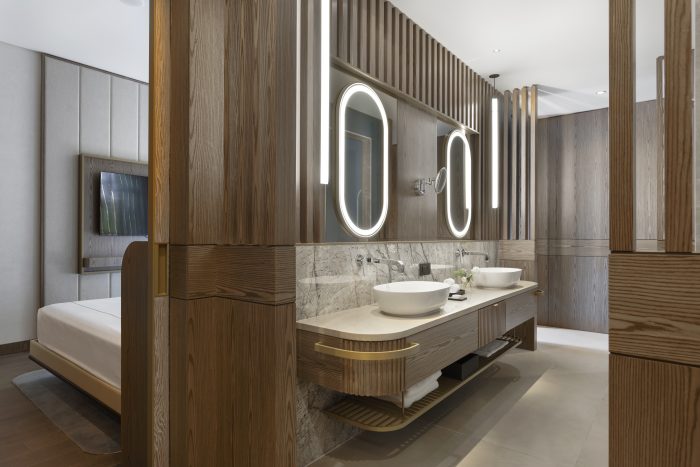
Bayou Villas
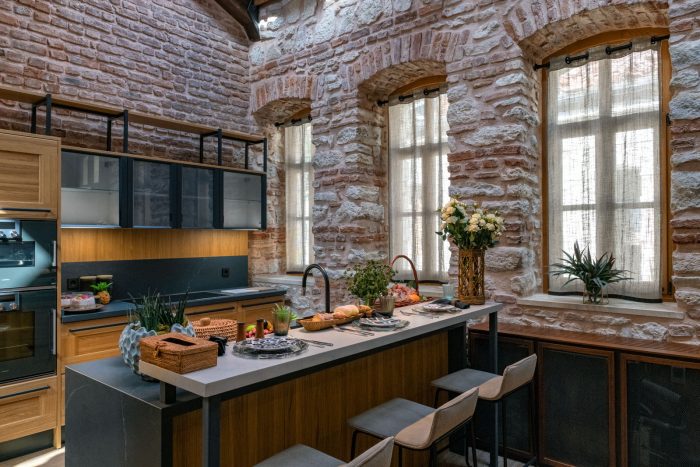
Büyükyalı Historical Long Structure
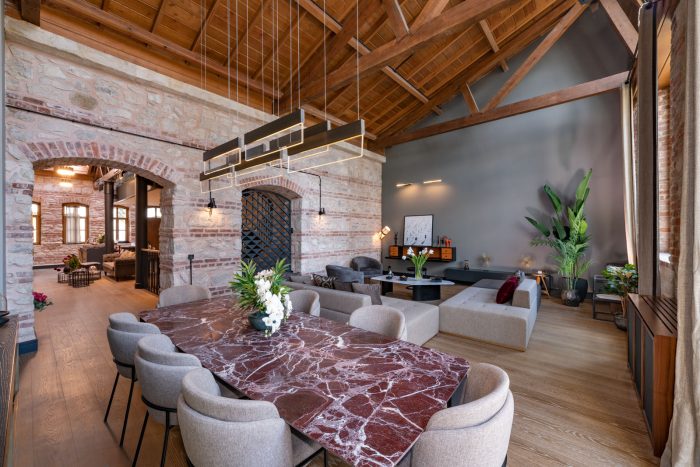
Büyükyalı Historical Long Structure
